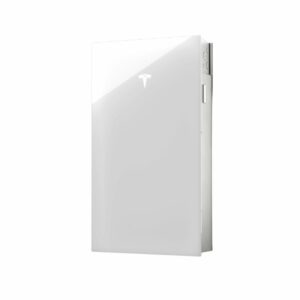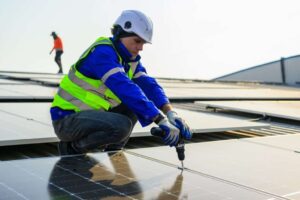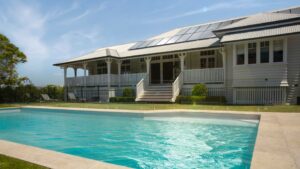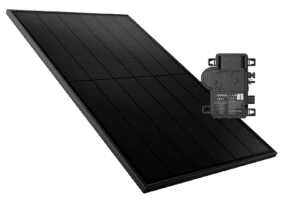The life of a solar panel can be as long as 35 to 40 years with proper maintenance. Most high-quality solar panel companies give a 25-year warranty on the solar panels. After about 30 years their efficiency drops but they do not stop producing energy. For panels made after the year 2000, the solar panel degradation rate is roughly 0.4% per year, so solar panels are very durable. Since they do not have any moving parts they can last for many decades if they are not physically damaged.
But solar panels need to be replaced under the following circumstances:
Irreparable damage
Solar panels are made to withstand heavy snowfall or hail, but if you buy a cheaper system where the glass used is flat plate instead of tempered glass, the panels can become scratched or break more easily.
If this happens then you will have no option but to replace the panels.
Low electricity generation
The best way to make your panels last longer is to work with a reliable and reputable installer who will check your solar panels and their components regularly.
If after 30 years the solar technician finds that the output of your system has dropped by more than 20%, it may be best to change the panels completely.
Extreme weather conditions
If you have installed the solar panels in a place that is exposed to extreme weather conditions, they will degrade faster.
Heavy snow and extremely cold temperatures or the UV rays of a very hot summer can degrade the crystalline silicon modules of the panels, leaving you with no option but to replace them.
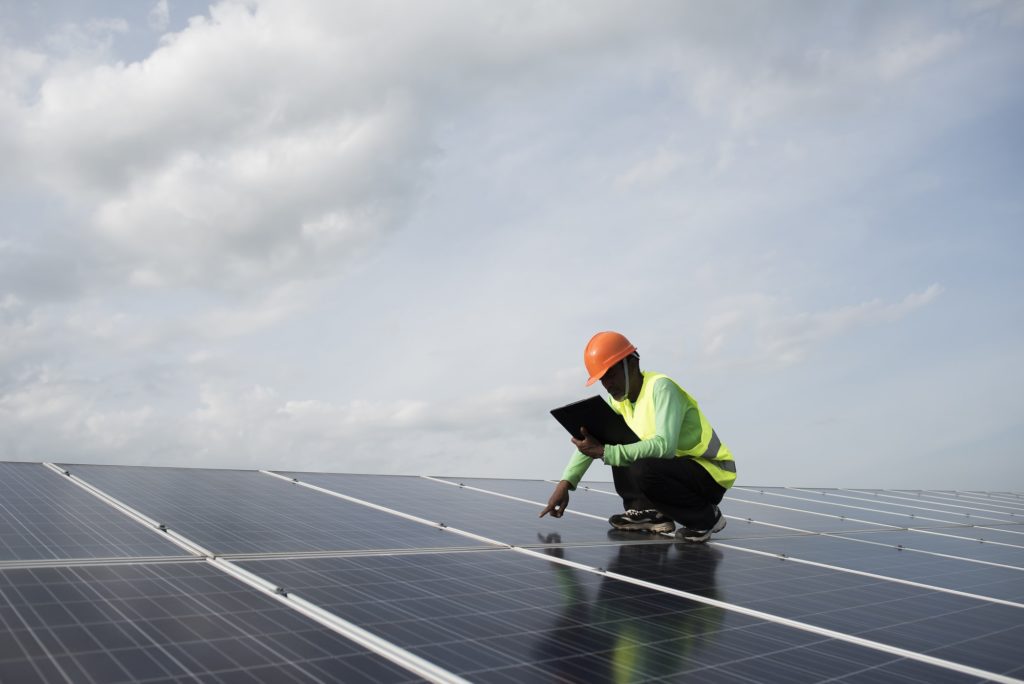
Solar panels are also subject to water damage if the seal that protects the panels crack or break.
Discontinued components
If you possess a very old solar power system, in all probability its components are no longer available in the market.
Technology has evolved rapidly and the components have improved so it is advisable to change at least some parts of the solar system.
Old solar inverters can be replaced with more efficient micro-inverters that have a much longer lifespan.
Microcracks in solar panels
The degradation of solar panels means that they produce less energy from the same amount of sunlight they are exposed to down the years.
Microcracks form in the silicon of the solar cells that cause the electrical connections to deteriorate.
Discolouration and imperfect junction box adhesion are two other indicators that the solar system needs servicing too.
If power output does not improve with regular servicing then it’s probably best to change the system.
Conclusion
The key to maximising the lifespan on your solar system is regular servicing and maintanance of the components.
This will ensure that everything is in the best possible condition and mean that your solar hardware will last far longer before it needs replacing.

